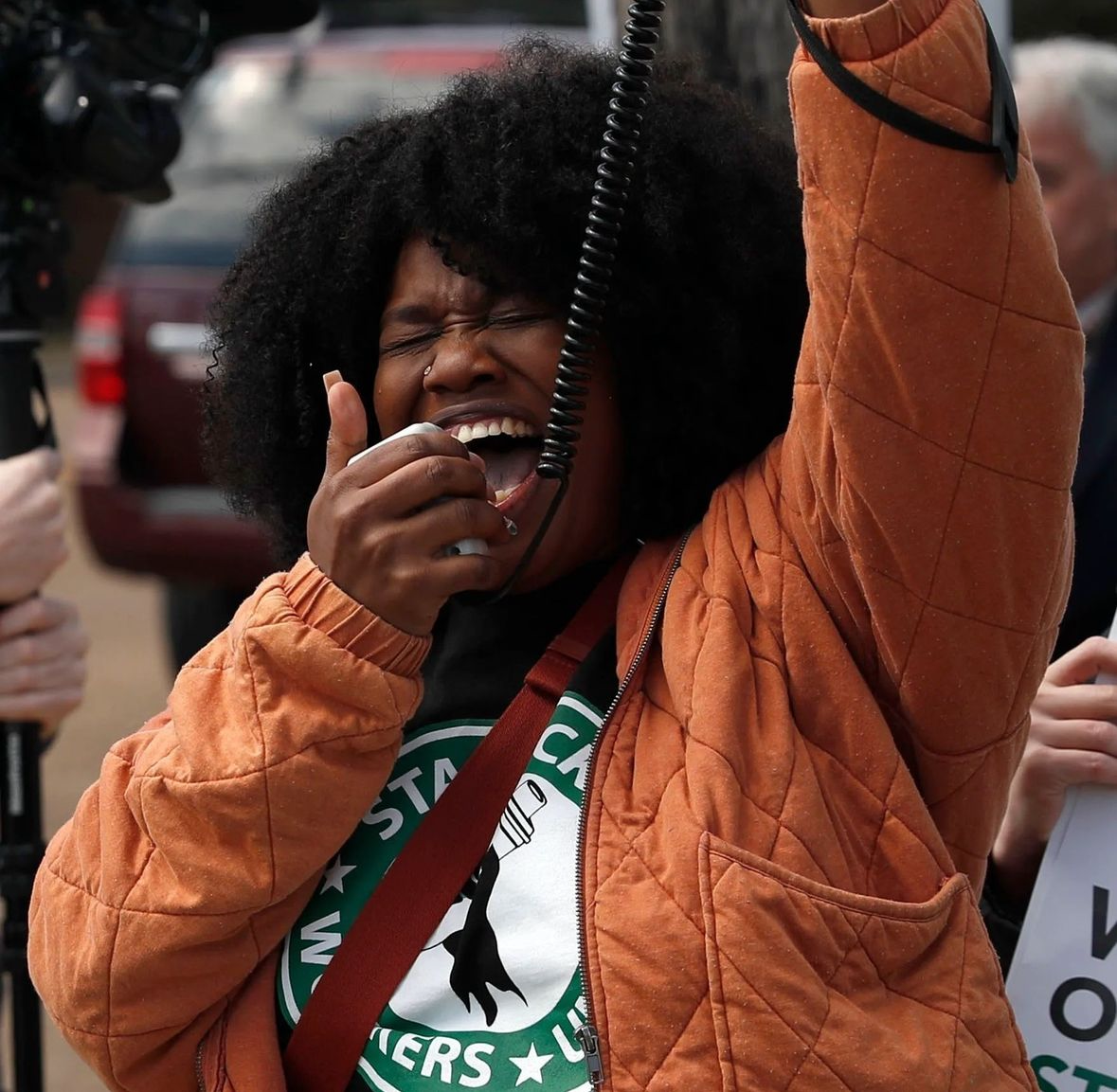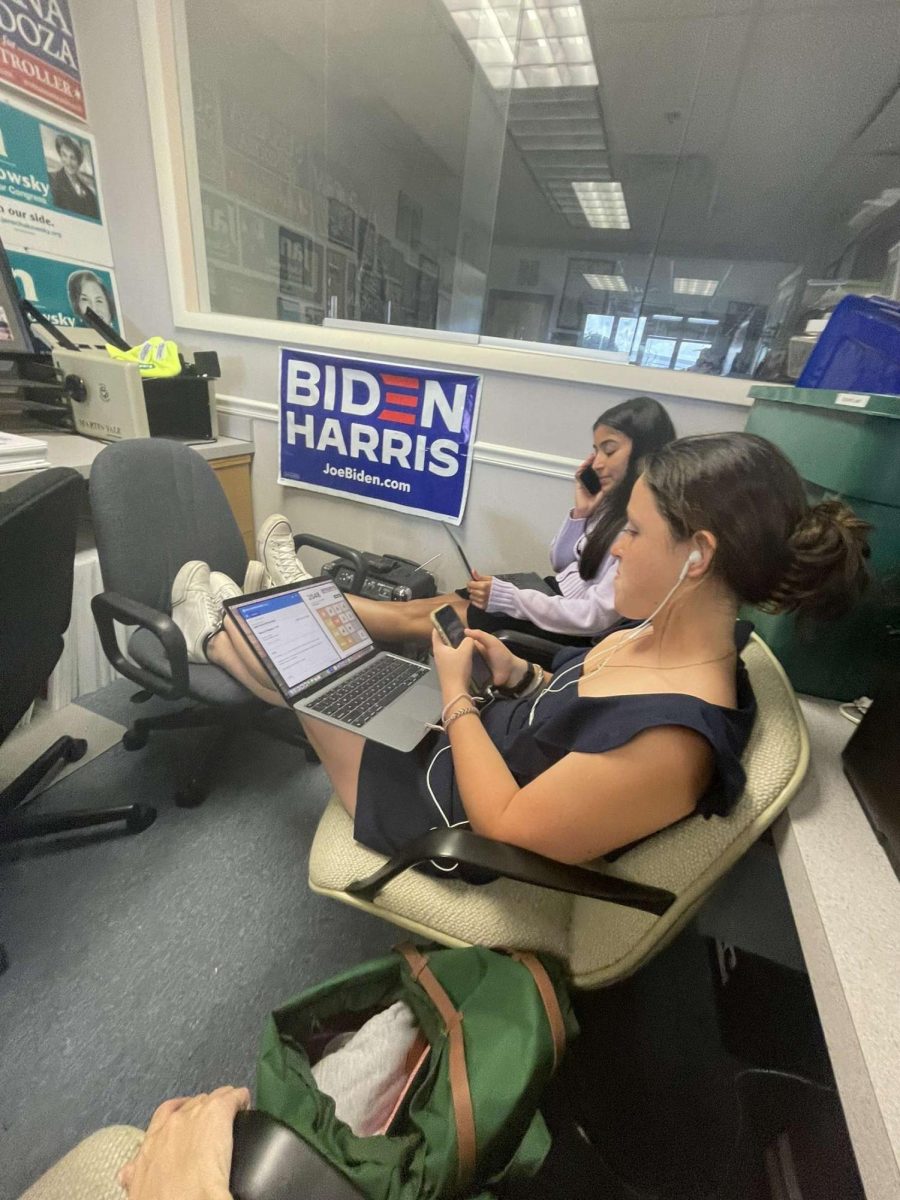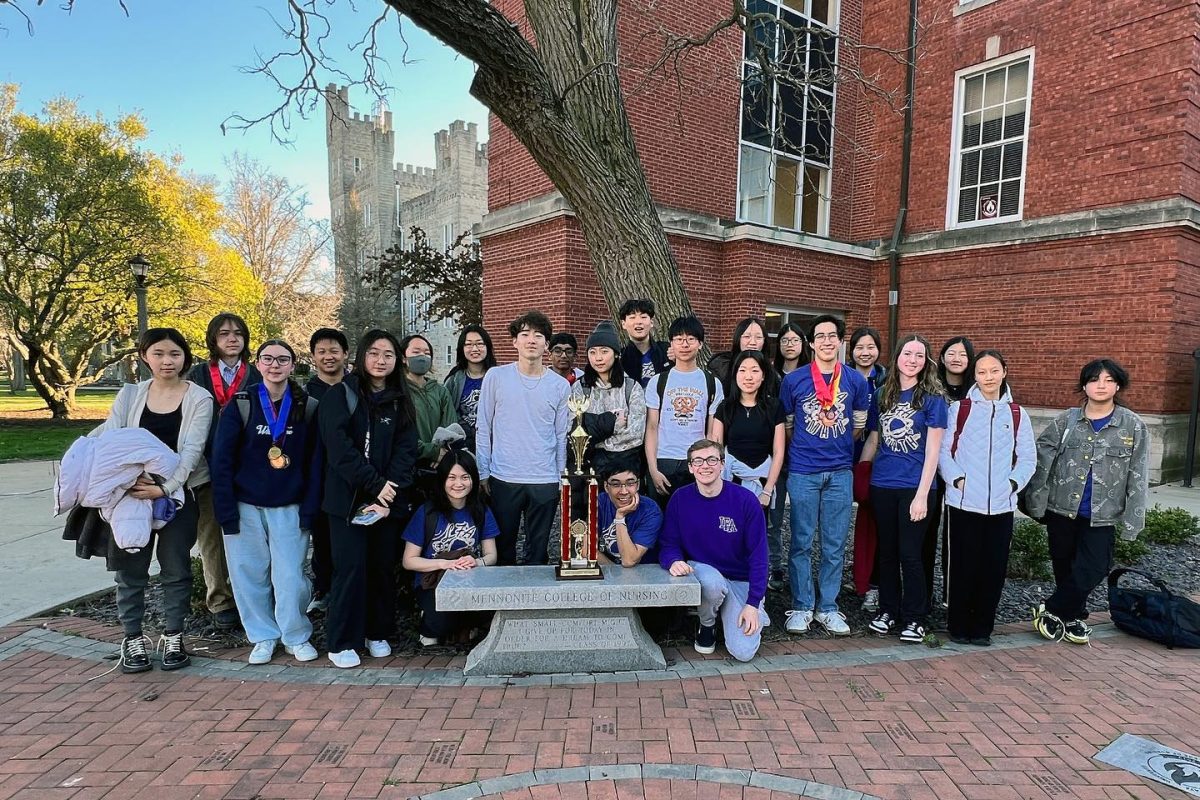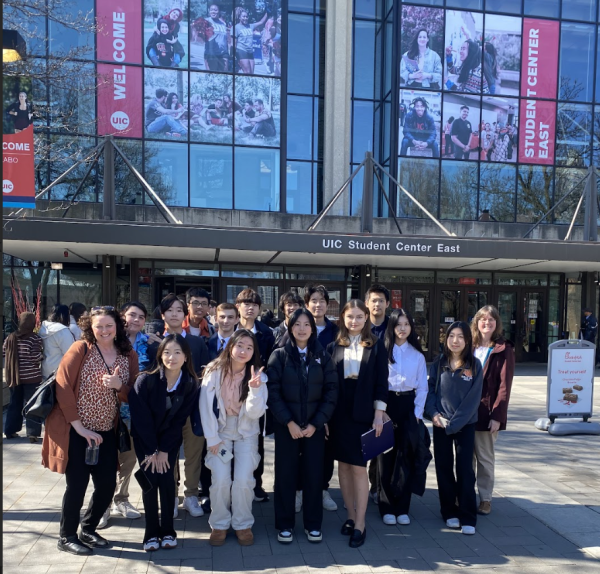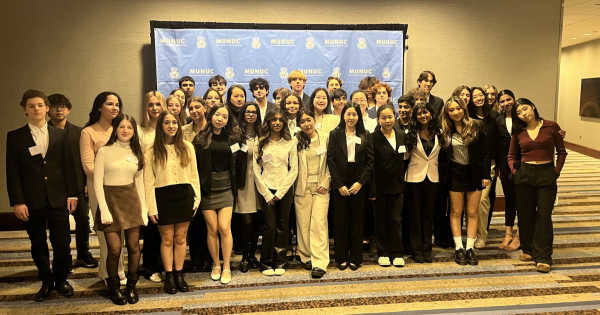The Truth Behind DACA
October 13, 2017
In one of the Trump administration’s latest moves, the White House decided to put an end to the Deferred Action for Childhood Arrivals program (DACA) and Americans witnessed as the lives of nearly 800,000 members of the program were put at risk. The response to this new strand of the immigration issue took place throughout the United States. Protests took place in major cities throughout America, including Los Angeles, Chicago, and New York. The issue continues to intensify and develop as Democrats and Republicans are working with Trump to develop the idea of what comes next. Trump hasn’t released a plan for a replacement program nor has he released the plan for DREAMers and their lives in America.
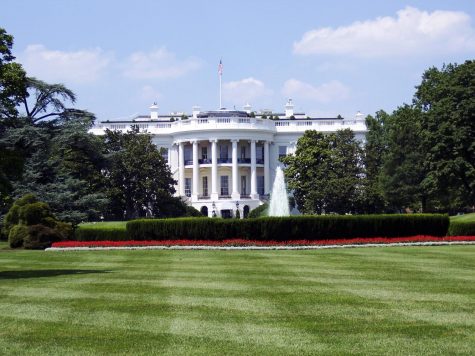
DACA was created for the purpose of enabling those who were brought into the country illegally, before they turned 16, to stay in the country. It was created as an executive order under the Obama administration in the summer of 2012. The fact that it is an executive order is the legal issue behind the program, with many Republicans in Congress seeing the program as an illegal use of power under the Obama administration. The legality behind the program has sparked the Trump administration’s need to approach the program and find a new plan, giving Congress six months to establish a new plan or replacement for the DACA program and its members, DREAMers.
The Spectator sat down with a student to discuss the DACA program and its impact for them. Although they, “do not know anyone personally affected by DACA as a program to help them,” they do have a primarily Puerto Rican family, who “suffer from racial profiling by getting asked to show proper documents,” often. The idea of racial profiling plays into many of the protests behind DACA, with many opposed making the argument that the people who came as kids had no choice and should not be deported on the basis of their origins as they act and operate as any American would.
“I disagree with the decision to end the program because I see this program as hope for children whose parents wanted nothing more than to give them a better life,” said the student.
The decision comes at an especially tense time for race relations in the United States, as recent protests including the one at Charlottesville, have amplified the focus on race issues in America. The DACA issue is inevitably going to continue and develop as the White House and Congress figure out a plan but as of right now, 800,000 lives are on the line and there’s far too much uncertainty around where they will be in six months.

